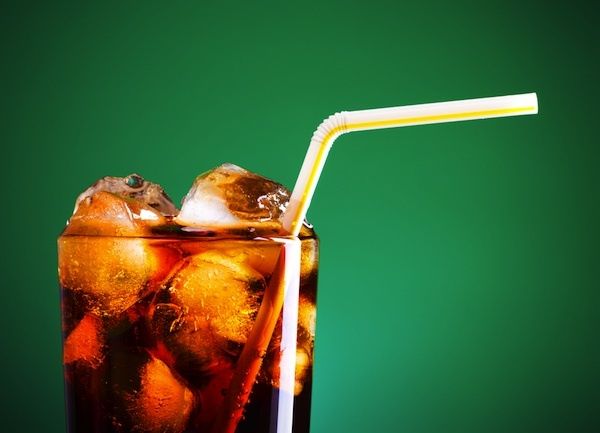Big-Soda Ban Clears in NYC: Will the City Be Healthier?

New York City's Board of Health voted today (Sept. 13) to approve the "soda ban" that limits the sale of large sugary drinks within the city, according to tweets from Mayor Michael Bloomberg.
Under the measure, people will not be able to buy sugar-sweetened drinks larger than 16 ounces at fast-food restaurants, movie theaters and certain other venues. (The limit does not apply to grocery stores and other venues or to dairy-based drinks such as milkshakes).
"[Six] months from today, our city will be an even healthier place," Bloomberg tweeted.
However, experts say it remains to be seen whether the city will actually be healthier. Critics have pointed out that people could just buy two 16-ounce drinks rather than a 32-ounce drink.
One recent study attempting to look at what effect the law might have showed that the new measure could reduce New Yorker's average calorie consumption, but only if at least 40 percent of people make changes in their drink consumption.
The researchers, who analyzed the receipts of about 1,600 fast-food restaurant customers in East Coast cities, found that if all consumers who had been buying larger sizes switched to a single 16-ounce drink (and none bought two 16-ounce beverages), the average calorie intake would drop by 63 calories per meal.
However, if only 30 percent of consumers switched, no decrease in the average calories consumed per meal would occur, the researchers said. The magic number needed to see any effect was 40 percent — if that percentage of consumers switched to a single 16-ounce beverage, then overall calorie consumption would decrease by close to 10 calories, according to the study, which was published in July in the New England Journal of Medicine.
Sign up for the Live Science daily newsletter now
Get the world’s most fascinating discoveries delivered straight to your inbox.
Bloomberg also tweeted, "Portion size drives consumption." Here, studies do support the mayor's point.
For instance, Simone French, associate director of the University of Minnesota Obesity Prevention Center, told MyHealthNewsDaily in an interview in May that when people are presented with large portions, they tend not to consume "just enough" to meet their bodies' needs, and instead eat the entire portion as a single serving. Since the Coca-Cola Co. began selling its products, the bottles that are often consumed as a single serving have grown from 6.5 ounces to 20 ounces, she said.
"We need to have a cultural shift back to more modest, reasonable, appropriate portion sizes if we want to help reduce the obesity epidemic," French said.
Experts also note that a lack of physical activity plays an important role in the obesity epidemic, and the ban won't affect this.
A study published this week in the journal Pediatrics showed that, in fact, overweight and obese teenagers consume fewer calories on average than their healthy-weight peers.
"For older children and teenagers, increasing involvement in physical activity may be more important to weight and health than is their child’s diet," said study researcher Asheley Cockrell Skinner, an assistant professor of health policy and pediatrics at the University of North Carolina at Chapel Hill.
Pass it on: NYC's limit on the sale of sugary drinks will go into effect in six months. What effect it will have the city's health remains to be seen.
This story was provided by MyHealthNewsDaily, a sister site to LiveScience. Follow MyHealthNewsDaily on Twitter @MyHealth_MHND. We're also on Facebook & Google+.












